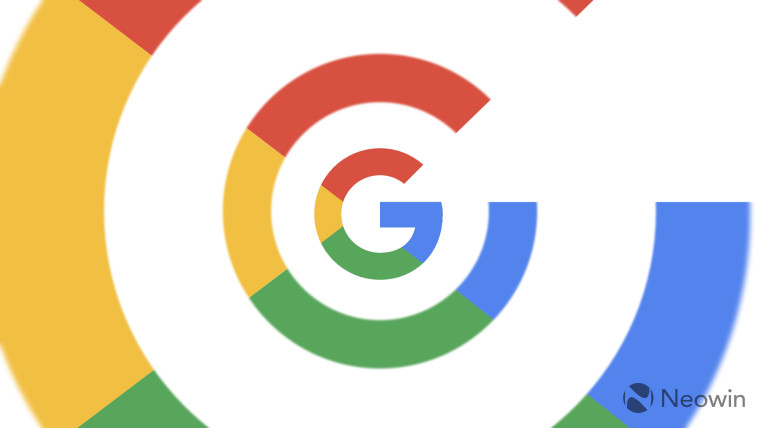
Some of the features announced at Google I/O may leave users worried for the amount of personal data that needs to be collected to enable them, but the firm also made some announcements in regards to how users can take control of their privacy.
For starters, you'll soon be able to go straight into your Google Account settings from many of the company's products, such as Gmail and Maps. Your profile picture will be displayed in the top right corner of the app, and it acts as a quick shortcut to your account settings.
Google is also making it easier to manage your data directly within some of its apps. This was already available in Search since last year, but it's now coming to Maps, Google Assistant, and to YouTube at a later date. You'll be able to review your location activity history, for example, and delete it from within Maps, without losing track of your navigation.
The search giant is also enabling auto-delete for your Web & App Activity history, meaning you can set how long the data will be stored with Google - either 3 or 18 months - before it automatically disappears. This capability will also be available for your Location History next month.
If you don't want to keep your history at all, Google is bringing incognito mode to more of its apps, too. Just like in the Chrome browser, while using incognito mode, your data won't be saved to your Google Account. This feature recently made its way to YouTube, and it's coming soon to Maps and Search.
Google also explained its new, privacy-conscious approach to machine learning, which it calls Federated Learning. The idea is that Google can learn to do more for its users while collecting less raw data from them. Essentially, it uses a different kind of machine learning model that focuses more on collecting chunks of data from every user in a way that doesn't reveal where each piece of data is coming from. It then uses that data to deliver a shared predictive model that learns from everyone without collecting anyone's personal information. Here's how Google described it when it first announced the technology two years ago:
It works like this: your device downloads the current model, improves it by learning from data on your phone, and then summarizes the changes as a small focused update. Only this update to the model is sent to the cloud, using encrypted communication, where it is immediately averaged with other user updates to improve the shared model. All the training data remains on your device, and no individual updates are stored in the cloud.
Right now, Google's keyboard app, Gboard, is already using this kind of machine learning to deliver text and emoji predictions. Hopefully, more products will start doing the same in the near future, though Google didn't make any specific announcements in that regard.
Google also mentioned that keeping your data secure is essential to keeping it private, pointing to the ability to use your Android device as a physical security key. It also announced that Android Q is bringing privacy settings to the forefront of the Settings app.




















7 Comments - Add comment